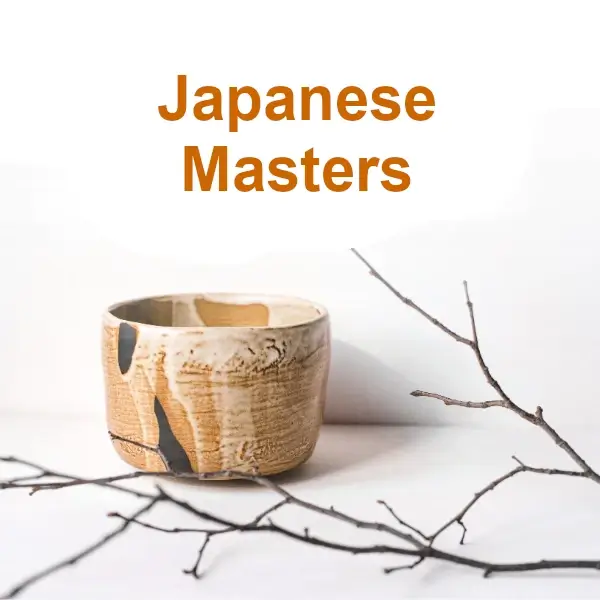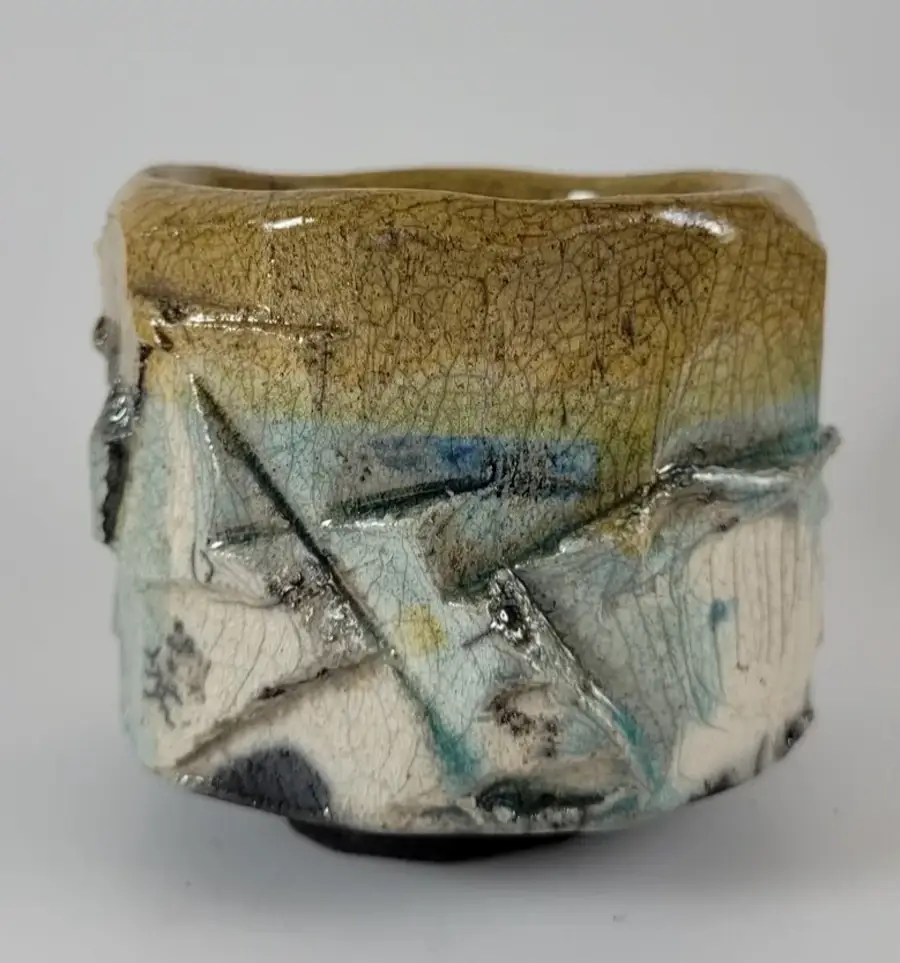Exclusive Japanese ceramics Yokkaichi Banko

What is Banko-yaki ceramics
Yokkaichi Banko pottery, also known as Banko-yaki, originated in the city of Yokkaichi, Mie Prefecture, Japan.
It dates back some 300 years, specifically between 1736 and 1740, when it was started by Rozan Nunami, a merchant with a passion for tea, who opened a personal oven and began producing tea utensils.
The name “Banko” comes from Nunami, who marked his works with “Banko fueki”, meaning “an eternally unchanging life”, reflecting the durability and timeless quality of this ceramic in Japan.
The best works in Japanese ceramics
After Nunami’s death in 1777, Banko-yaki production faced a critical period due to a lack of successors. However, it was revived at the end of the Edo period by the brothers Mori Yusetsu and Mori Senshu, who set up a kiln in Obuke and revitalized the passion for this pottery. Although their wares initially resembled those of Rozan, Yusetsu soon developed his own style, known as “Yusetsu Banko”.
In the Meiji period, specifically in 1911, Mizutani Torajiro developed a manufacturing technique called “Han-Jiki” (semi-porcelain), inspired by British porcelain, which allowed the mass production and expansion of the use of Banko-yaki not only in tea utensils but also in tableware for everyday use.
Yokkaichi Banko Ceramics: A Fusion of Tradition and Modernity
These parts are known for their durability and versatility.
Banko-yaki artisans use a variety of glazing and firing techniques to create varied finishes, from glossy to subtle. Designs often incorporate natural elements, reflecting the Japanese aesthetic, which finds beauty in imperfection and transience.
Banko pottery’s ability to withstand high temperatures makes it ideal for utensils such as teapots and tableware. This attribute, combined with the aesthetic richness of its designs, makes Banko-yaki pieces not only practical pottery but also the name given to coveted art objects.
In Yokkaichi, artisans continue to honor traditions while exploring new forms and styles, ensuring that each piece of Banko-yaki is a unique expression of Japanese cultural heritage and innovation in ceramics.
Yokkaichi Banko ceramics represent a balance between functionality and aesthetics, offering objects that not only enrich everyday life but also act as a bridge between the past and present of Japanese ceramic art.
Cover: Banko-yaki teapot made by Nippon2You


